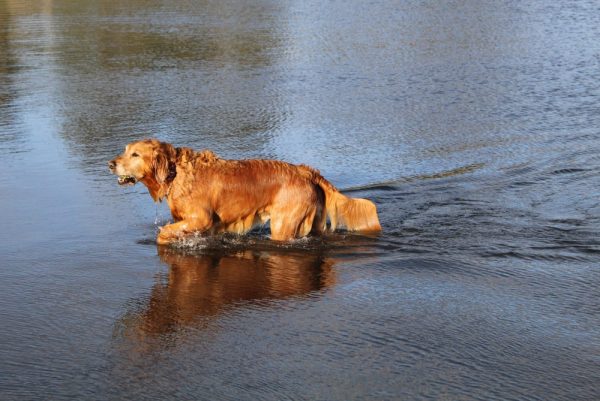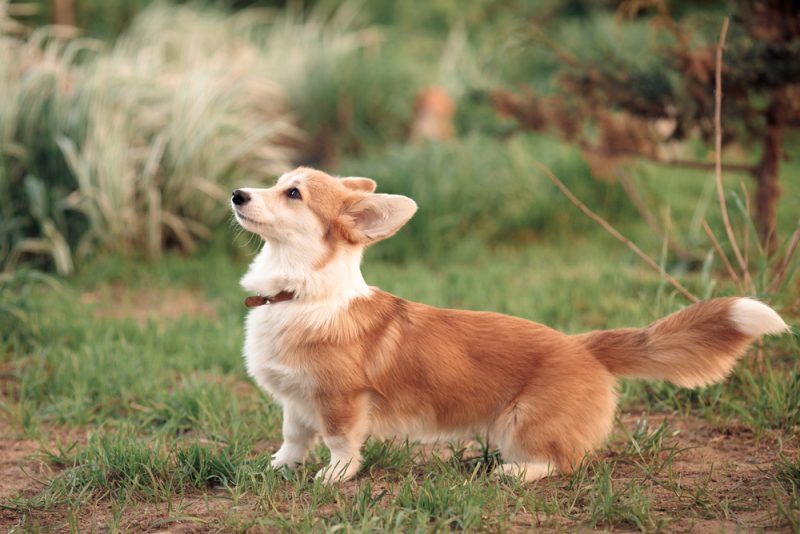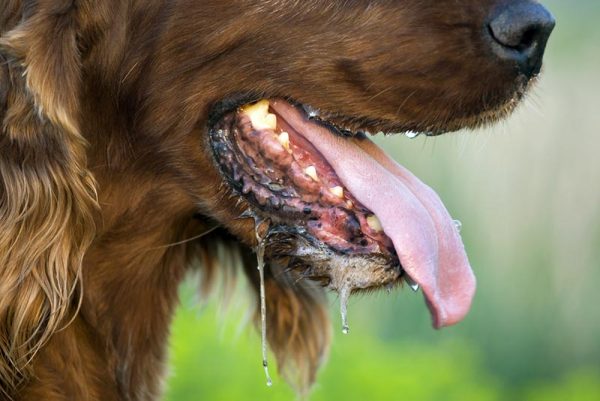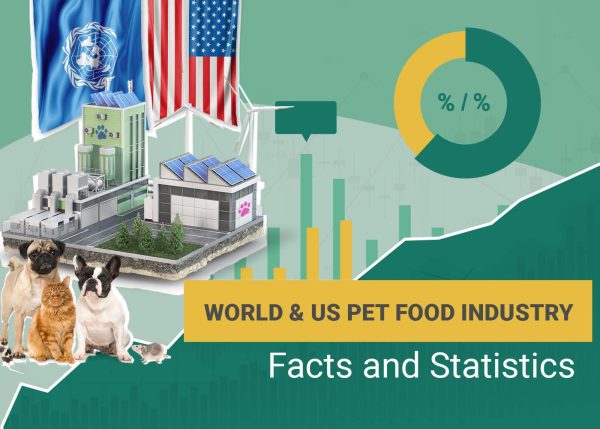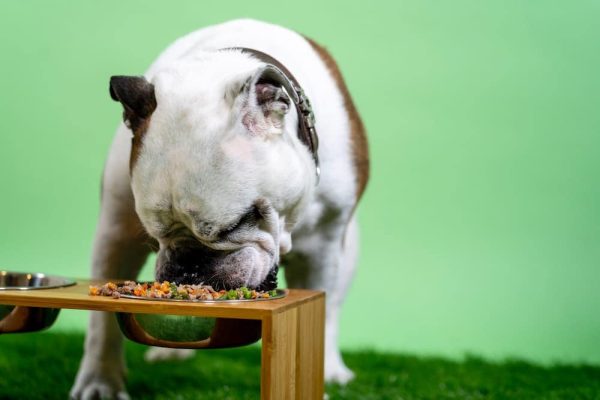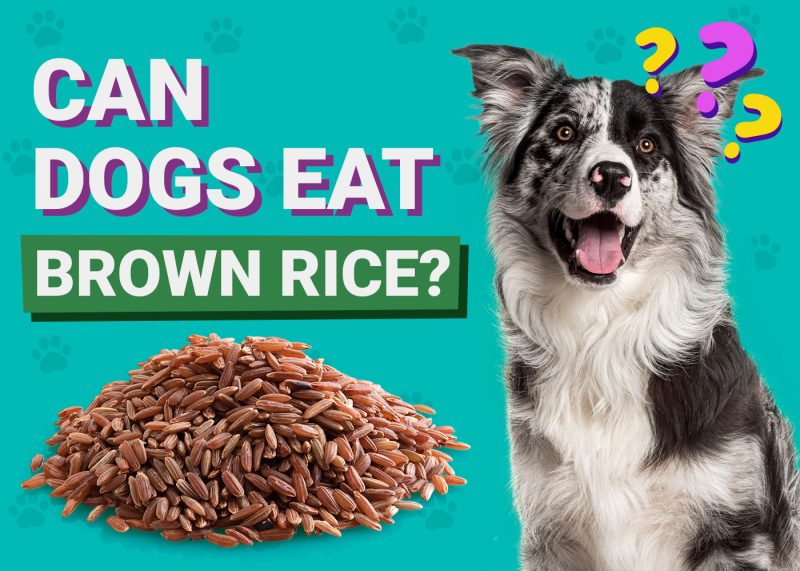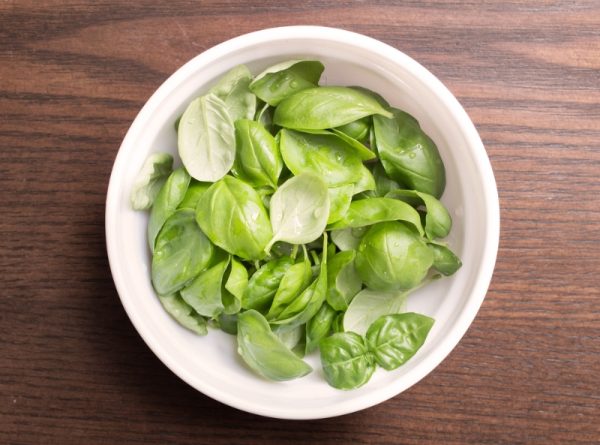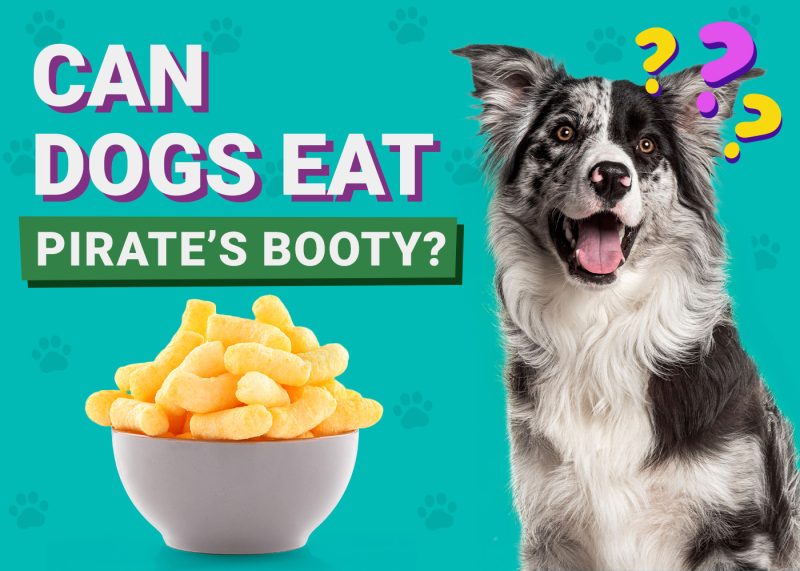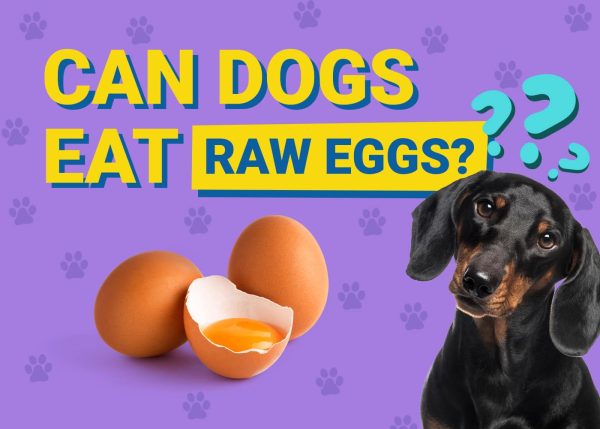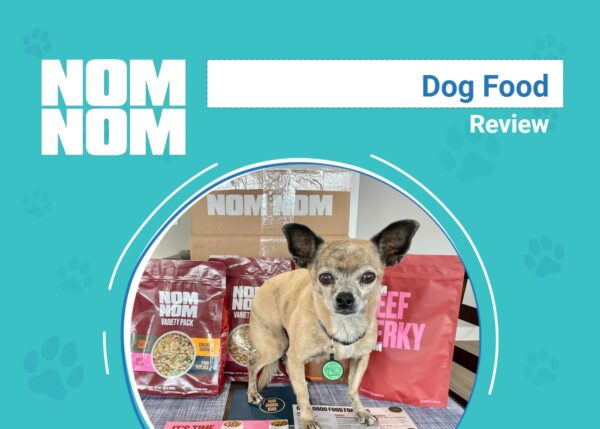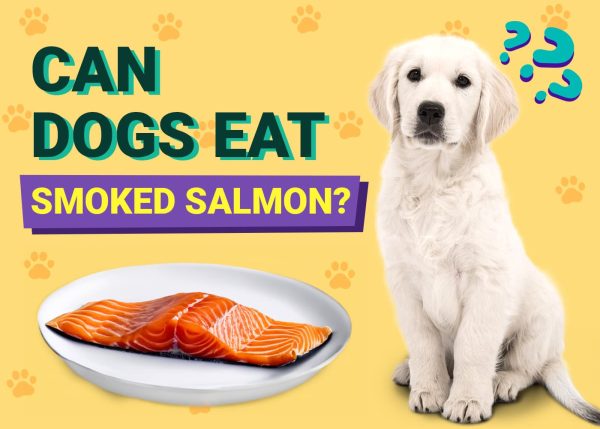In this article
View 4 More +Ah, the age-old question—should you serve your dog wet or dry food? Both dry kibble and wet food certainly have their perks, but both have their downfalls. Ultimately, the diet you select for your dog should be nutritious and match all of the profiles necessary to keep your dog healthy.
In this article, we not only want to explore the major differences between wet and dry food, but we also want to introduce you to a couple of different options that are on the market these days that you might not be aware of. By the end, you should have a better understanding of how nutrition impacts our dogs and what ways you can improve it over time.
Remember, you should never change your dog’s diet without consulting a veterinarian. They will give you guidance on what formulas to use and how to best transition.
If you need to speak with a vet but can't get to one, head over to PangoVet. It's our online service where you can talk to a vet online and get the personalized advice you need for your pet — all at an affordable price!


Visual Differences
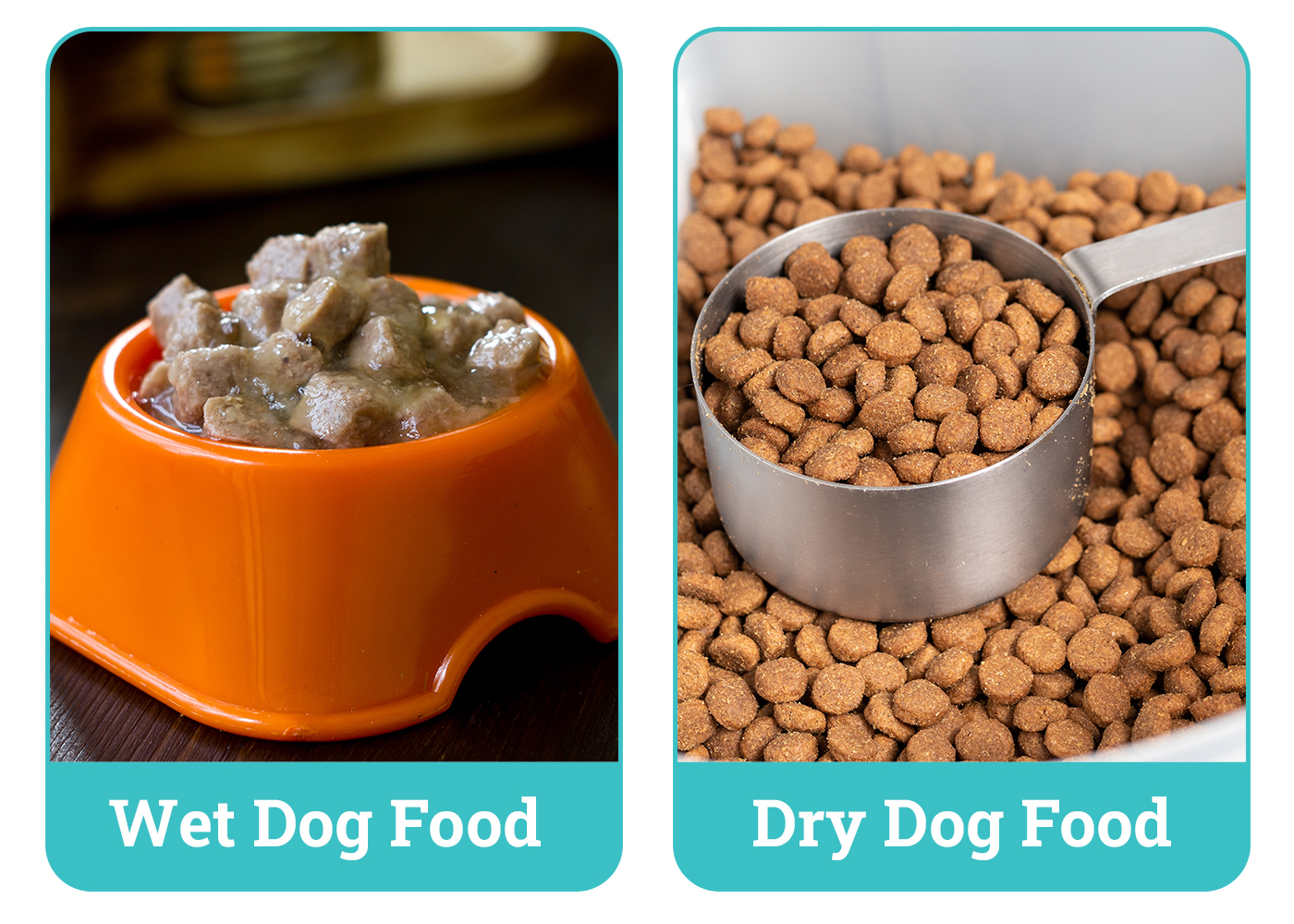
At a Glance
- Moisture-rich to keep dogs hydrated
- Has a more pleasing smell and taste
- Most picky dogs prefer it
- Different recipes and textures available
- Readily available
- Affordable
- Has a longer shelf life, especially when opened
- More varieties and recipes available

Overview of Wet Dog Food
Wet canned food has been around for quite some time. Canned foods have a very long shelf life, permitting they are not opened. You can typically have cans of dog food for several years before they expire and dogs tend to love the taste more.
With meaty chunks and other ingredients, it appeals to the appetite of even picky pooches. You can find it available at nearly any grocery store, pet store, or online. Wet canned foods can range in quality, depending on the brand and recipe you select. They make them for just about every single dietary sensitivity and allergy you can think of, so any dog can essentially benefit.
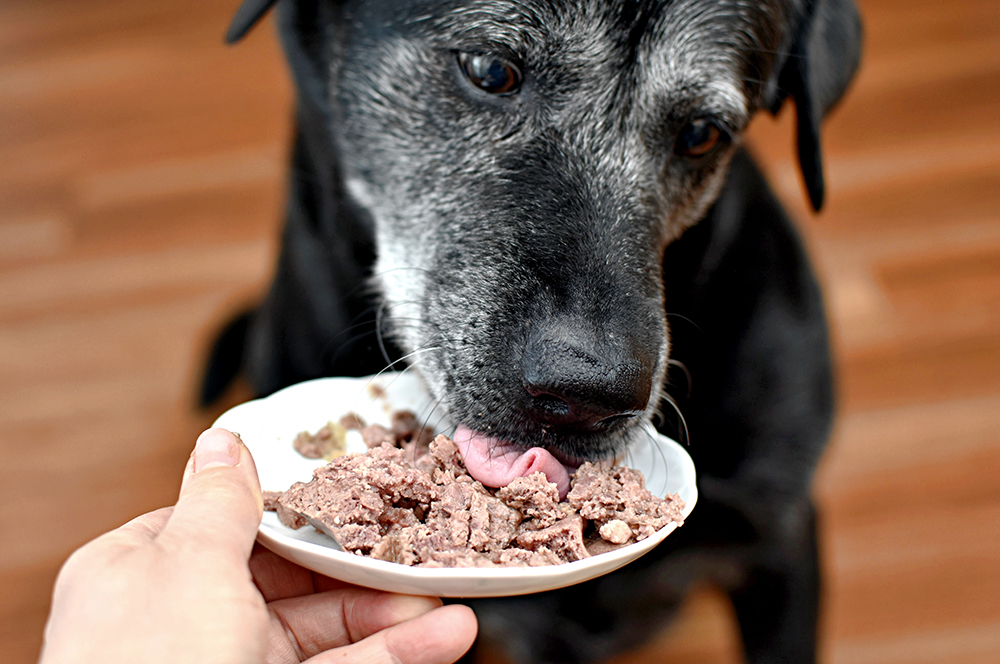
History of Wet Dog Food
It might interest you to know the humble beginnings of wet canned food, and it might gross you out too! When wet canned dog food was first introduced to the market in 1922, the brand was Ken-L-Ration. And what was it made of? Horse meat. That’s right.
What Are the Different Types of Wet Dog Food?
There is an endless list of recipes for wet canned food. It offers everything from standard everyday diets to highly specialized meals. There are wet canned food options in both standard and prescription dog foods, so you can find something to suit any canine.
There are also a variety of flavors, including chicken, beef, turkey, duck, lamb, liver, etc. Wet foods also come in different textures. You can buy wet food chunks in gravy, foods that have a smooth pate texture, and even wet foods made with human-grade ingredients.
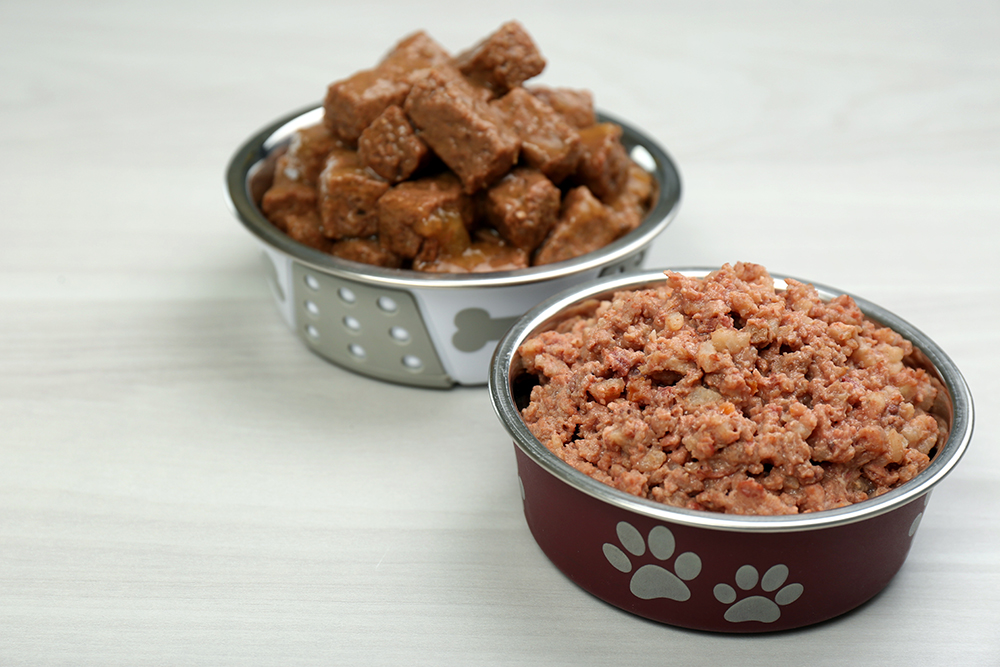
Is Wet Food Healthy?
Wet canned food can certainly provide a bounty of nutrients to any dog. However, because it is canned, it can sometimes contain a lot of artificial ingredients including chemicals and preservatives in order to increase the shelf life.
When you are searching for wet canned food, it is crucial to buy a selection that is full of the best ingredients you can find. So, keep in mind that not only is it important to check out the ingredients of each recipe, but the brand speaks volumes. You’re going to certainly want something that will help your dog maintain the best health.
What Are the Benefits of Wet Dog Food?
1. Easy to Chew
From puppies to seniors, wet canned food remains the easiest to chew over dry kibble by a landslide. It is usually soft and palatable, filled with tantalizing ingredients and good for dogs with existing dental disease that can’t chew dry kibble.
2. Great for Picky Eaters
If you have a picky eater on your hands, wet canned food can really up their appetite. Some dogs are naturally picky by nature and others are more selective due to lack of appetite from a health condition. Regardless of the reason, wet canned food can be a great option for those dogs who just never quite want to eat.
3. Aromatic
We all know how much our dogs love using their sniffer. Wet canned foods are certainly more pungent and aromatic, and may be better at getting your dog’s attention.
4. Rich in Moisture
Sometimes, just like people, dogs don’t drink enough water. Wet canned food is a great way to add some extra moisture to your dog’s daily diet, which can help prevent dehydration.
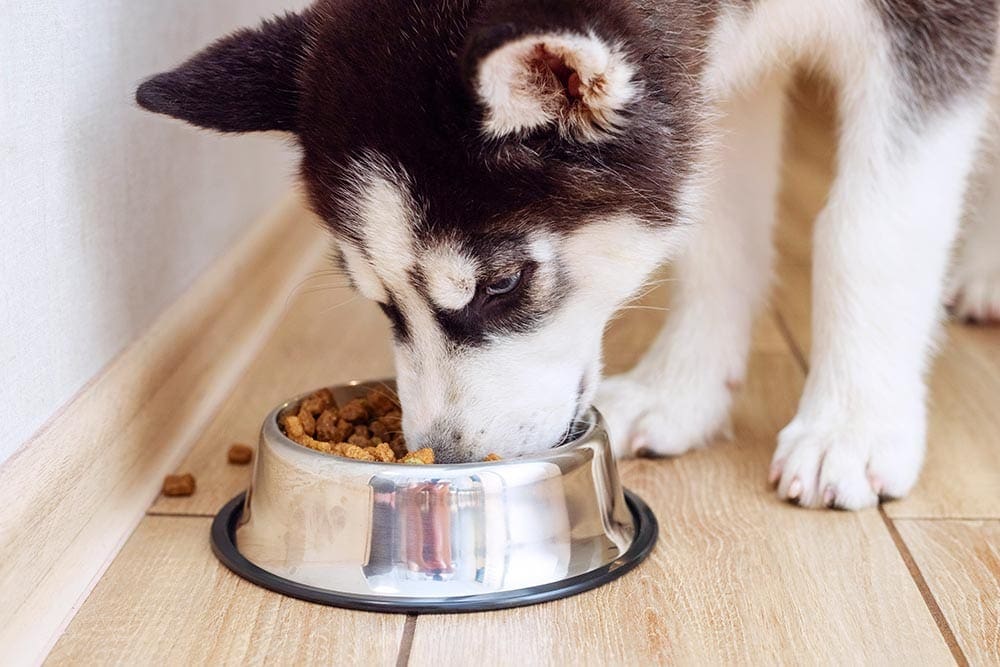
What Are the Downsides of Wet Dog Food?
1. Can Spoil Once Opened
Dry kibble can be left in a dog’s dish for the entire day if they prefer to graze rather than gulp down a full meal. Canned food doesn’t have that option as it can go bad within a few hours of being opened if it’s not refrigerated. If you have a dog that likes to pick at their food throughout the day, canned food will likely not be a good option.
- Easy to chew
- Moisture-rich
- More appealing to dogs
- Goes bad after opening without refrigeration
- Tends to be more expensive

Overview of Dry Dog Food
Dry dog food is a real go-to for most pet parents. It is extremely convenient to be able to scoop out food from a bag, toss it into a bowl, and go about your day. However, dry kibble has other downfalls, such as the preservatives and artificial flavor content in some brands.
Regardless, these types of foods have to undergo a processing that changes the chemical compounds of the food. This can lead to a reduction in quality, killing some nutrients before it’s ever able to benefit your dog’s body.
However, dried kibble is very shelf-stable and affordable for most budgets. Let’s dig a little bit deeper.
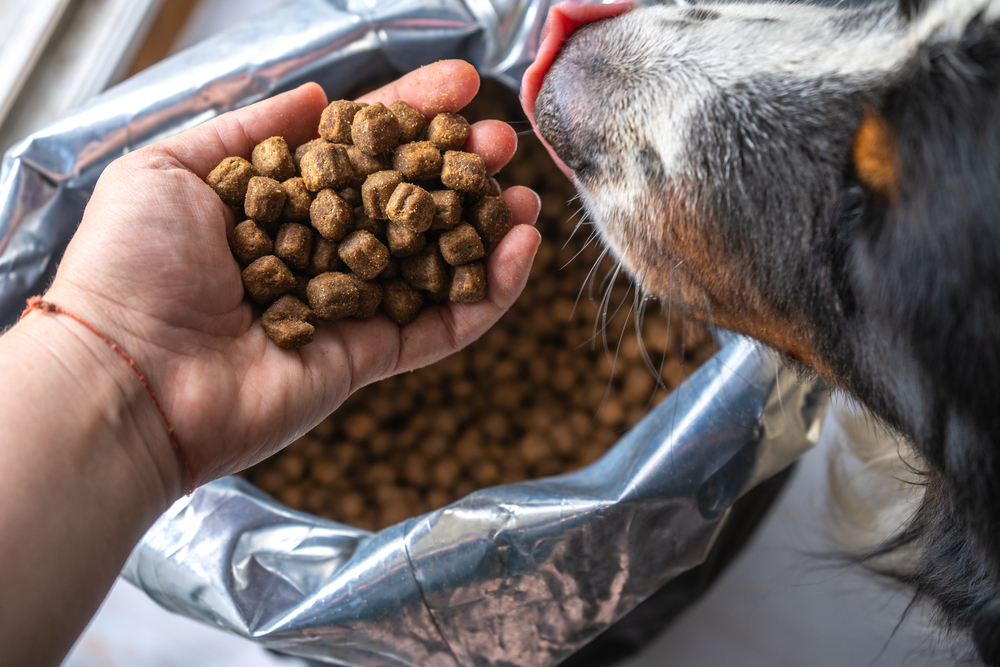
History of Dry Dog Food
Businessman James Spratt introduced the first commercially designed pet food in 1860. It was a fibrine dog cake, similar to a dog biscuit. He wanted to veer away from dogs eating human leftovers to having a substantial diet that matches their natural bodily systems. Then, during WWII, it became hard to source the metal used for canned dog food, so the dry kibble industry grew out of necessity.
Since then, kibble has grown tremendously, and you can find it virtually anywhere you go, including at some gas stations. That’s not to say that every dry kibble option is the healthiest. There are certainly different levels and nutritional factors when considering what types of dry food to buy.
What Are the Different Types of Dry Dog Food?
Like wet canned food, you can find a recipe for just about any issue. There are standard recipes and prescription-based formulas for dogs that have major sensitivities. Some dry dog foods contain grains and some are grain-free. Certain dogs might be restricted to eating only dry kibble for various health conditions.
It is important to listen to a vet when they give you nutritional advice, as each dog will benefit from a different recipe.
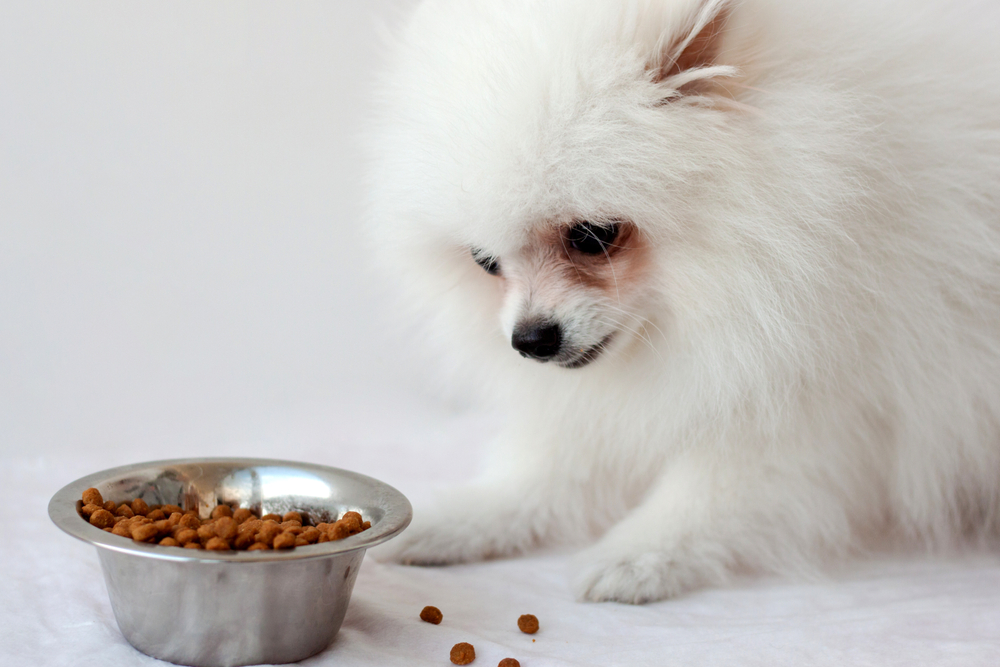
Is Dry Dog Food Healthy?
The processing of dry dog food can destroy some of the nutrients, but dog foods are tested after processing to make sure that they meet the nutritional needs for the life stage they are labeled for. That means that while raw or minimally processed foods may be seen as more nutritionally concentrated, dry dog food should still provide everything your dog needs. Of course, there are exceptions as some dogs with certain health conditions may require specific nutrition. In these cases, it’s best to listen to a veterinarian’s recommendations.
What Are the Benefits of Dry Dog Food?
1. Long Shelf Life
Instead of going stale quickly, you can count on this dog food to stay good for an extended period. If you open a can of wet food, you have to refrigerate it and use it within two to three days for it to still be suitable. A longer shelf life is attractive to people for numerous reasons, especially if you have busy schedules that take a lot of your attention away from your pet’s food bowl.
Dry dog food can also be left out all day if your dog prefers to graze. Canned food will need to be refrigerated within a couple of hours of opening to ensure freshness.
2. Readily Available
You can buy a bag of dry kibble virtually wherever you go. So, you’ll never have to worry about finding dog food for your dog if you select dry kibble as their main source of nutrition. However, that doesn’t always say that every single dry dog food recipe is an equally nutritious meal. Always consider ingredients and be sure to check for sensitivities before you ever make a switch.
3. Generally Affordable
Since dry dog food is so widely available, many recipes are generally very affordable to most families. If you get into subscription-based services or homemade wet dog foods, you can notice the price rise dramatically. Sometimes, that’s simply not in the cards for people. So, dry kibble is a great way to provide a solid base of nutrition while not being so hard on your wallet.
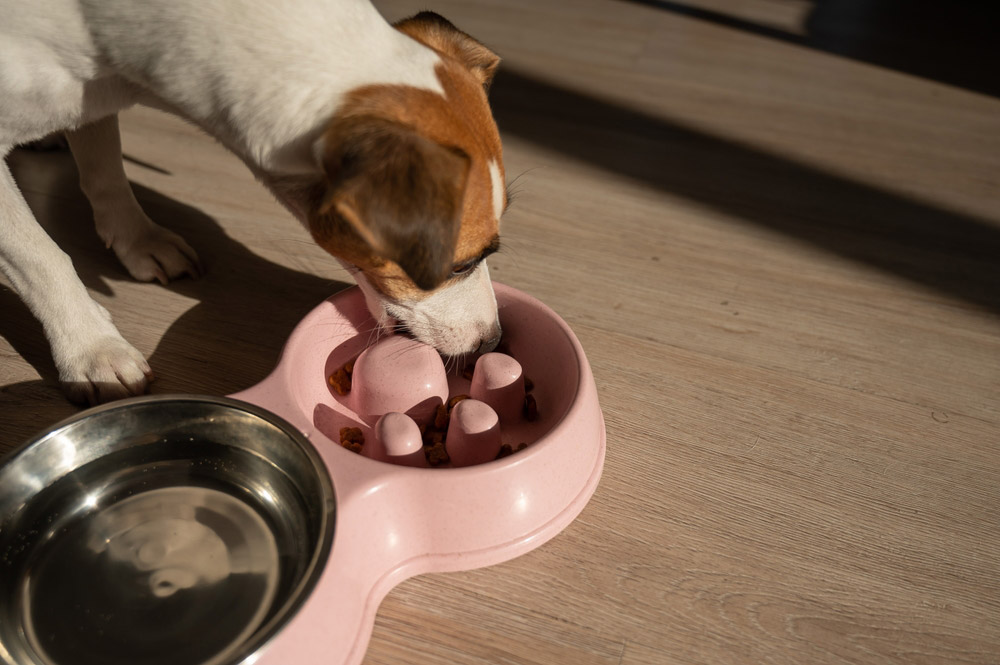
What Are the Downsides of Dry Dog Food?
1. Heavily Processed
Many dry kibble formulas are heavily processed. While many companies try to navigate around this by creating less heat processing to preserve the natural nutrients found in the food, it is very complicated for companies to do so in order to keep the food dry and as shelf-stable.
2. Not as Alluring
If you had the option between a bland bowl of cereal or a plate of juicy, delicious steak, you’re probably going to pick the latter. It’s the same for dogs. Dry dog food simply may not be as stimulating to their appetite as wet canned food.
3. Not Great for Picky Eaters
If your dog is particularly picky, they might want nothing to do with the dry kibble in their bowl. They might go up for a few sniffs and maybe take a bite if they’re really hungry, but most of them will snub their nose and move on with their life.
To make sure that your dog is getting enough calories, dry kibble might not be the way to go, causing you to switch to wet canned food instead.
4. Hard to Chew for Some
If you have a puppy, senior, or a dog with dental disease, it might be extremely hard for them or even painful to chew dry kibble. For these dogs, you could always soften the kibble by adding water or broth, or you could just alleviate the headache and get another type of dog food entirely.
- Long shelf life
- Greater availability
- Affordable
- Heavy processing
- Not as appetizing
- Can be hard to chew in some cases

Evolution of the Ever-Growing Pet Food Industry
Marketing is a real thing. It seems every time you turn around, there’s an advertisement for some new miracle diet or products that can help you and your pet in some way. The pet food industry is ever changing and we’re seeing a lot of that currently.
While we have relied on dry kibble and wet canned food as a staple in our dog’s diet, much research has come out about the overall benefits of either. With all of the processed ingredients, it is no wonder that people are starting to look for better options. If you’re the kind of person who just wants to provide your dog with a substantial diet so they can live a long, lustrous life, let’s talk about alternatives.
New Options for Pet Parents
It’s no secret that both wet canned dog food and dry kibble have their benefits, but they also have downfalls. One of the things to consider is the amount of processing in both.
Eating highly processed foods isn’t typically the best way to stay healthy. Because of this, more families are looking for healthier alternatives so they can keep their dogs alive much longer with very few health issues.
While these options are still relatively new on the market, they may be worth consideration and talking to a vet about.
Homemade Dog Food
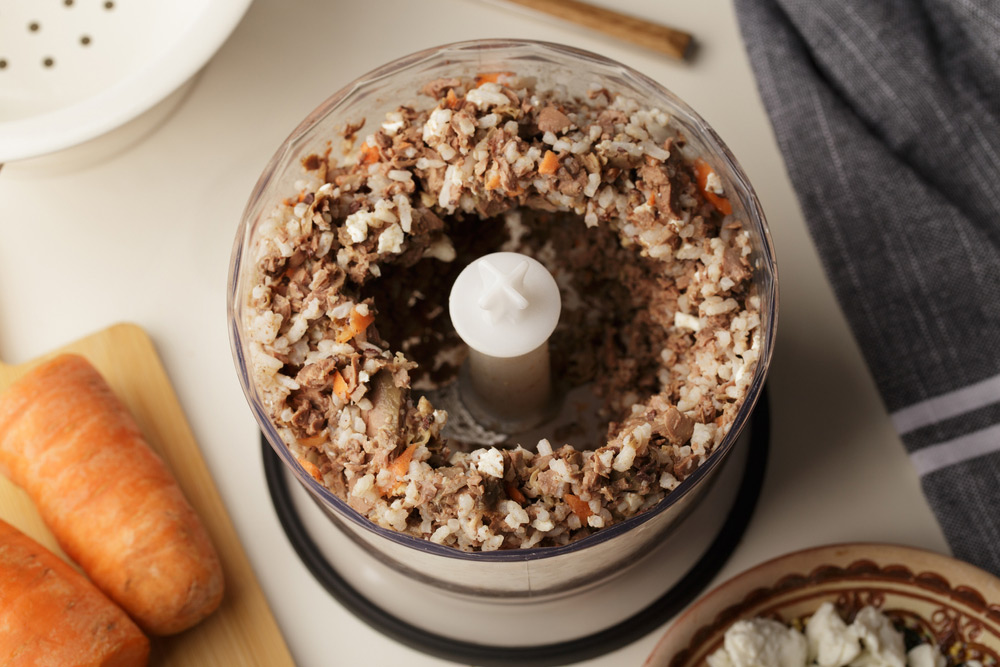
Homemade dog food is growing in popularity. Owners love the option to select the best ingredients, knowing exactly what is going in their dog’s food bowl. To make homemade dog food, it requires a lot of research on your part.
Recipes should be carefully selected for all nutrients required to meet the needs of your dog. They should be formulated by a veterinary nutritionist to ensure that they meet all nutritional requirements, which often requires supplementation. So while this might be an extremely healthy option for many dogs, it requires a lot of prep work and can severely harm your dog’s health if not formulated properly. Be careful when feeding homemade dog food as each batch can be drastically different in its nutritional quality.
Raw Dog Food
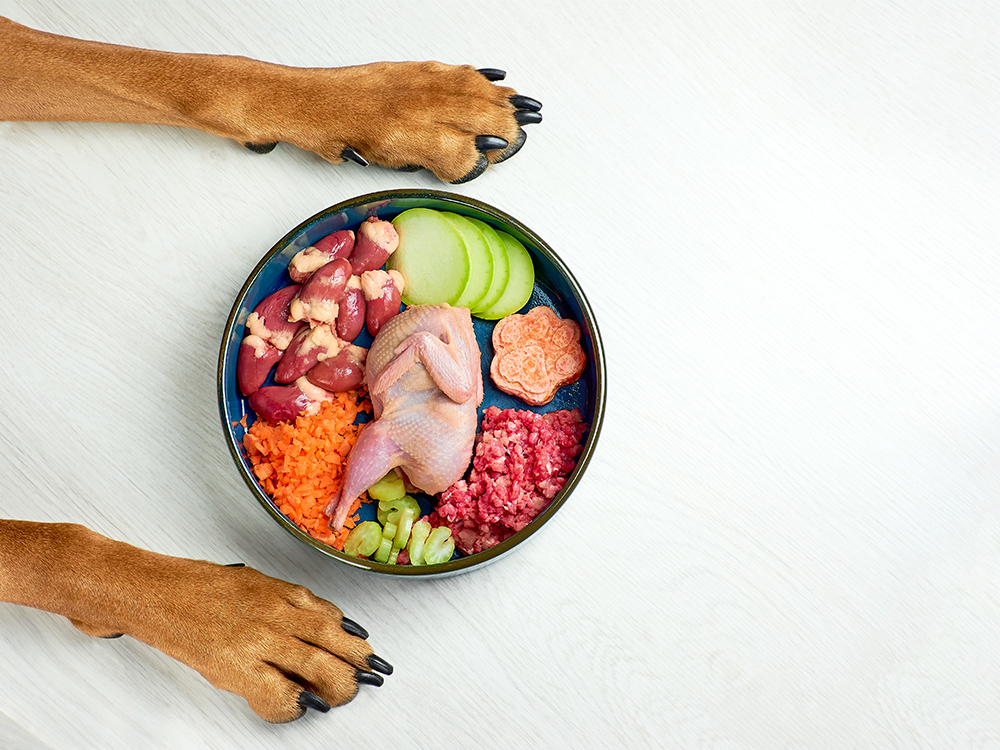
Raw dog foods may be a better way of maintaining the nutrition quality of each ingredient. Your dog is reaping the full benefit of everything they’re consuming so it nourishes their body in a more efficient way. Even though this sounds like the obvious choice, raw feeding does come with its downfalls.
First, as we know, raw meat can contain lots of harmful bacteria including foodborne pathogens like E. coli and Salmonella. These types of bacteria can make your dog (and you!) very sick and even require hospitalization. While it’s not always the case, it is certainly something that you can avoid with safe handling practices. It’s something to consider, especially if you’re unfamiliar with preparation.
It’s also important to make sure the raw diet is nutritionally balanced. Again, consult a veterinarian to be sure the diet you choose has everything your dog needs. If you choose a raw food diet, we highly suggest doing so under the supervision of a licensed vet.
Fresh Dog Food
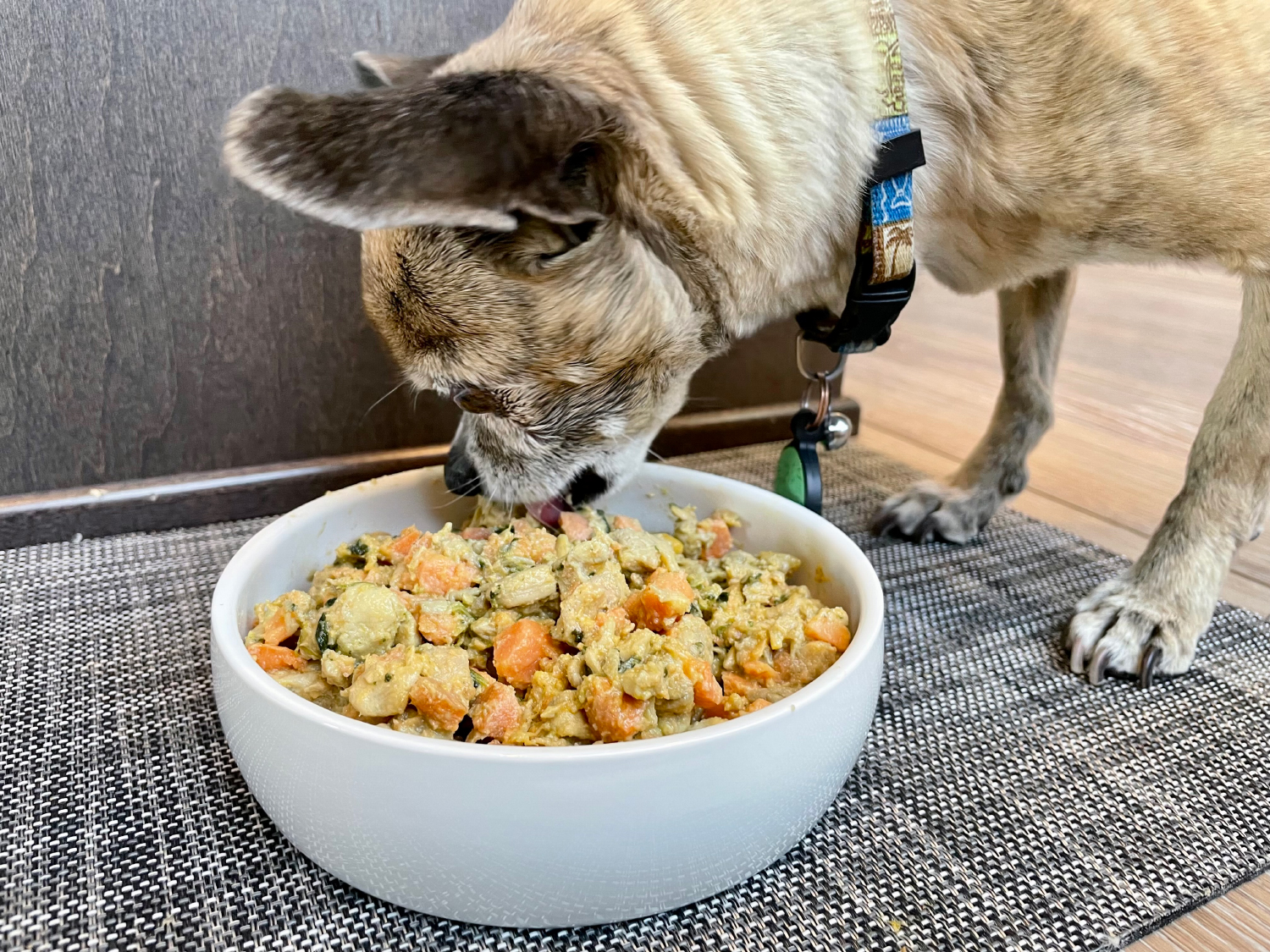
Fresh dog food is a fantastic up-and-coming way of serving delightful dishes to your pooch. Companies that offer fresh dog food do so on a subscription-based service. You sign up, including your dog’s weight, age, allergies, sensitivities, and breed information.
The company then will tailor recipes to specifically suit the needs of your canine. These meals are delivered to your doorstep in frozen, portion-controlled sizes. You would then thaw each dish as needed, serving up a platter of delicious, nutritious fresh food for your pooch.
Your dog may certainly love it more than anything else, as it’s real food they can taste! However, these subscription-based services are often very pricey and do not match the budgets of many families.
However, if you’re looking for a hassle-free way to buy dog food but you want to make sure you’re giving them only the highest quality, choosing a fresh food dog company is an exceptional option, and certainly one you should consider.

Wet vs. Dry: Which Is Best?
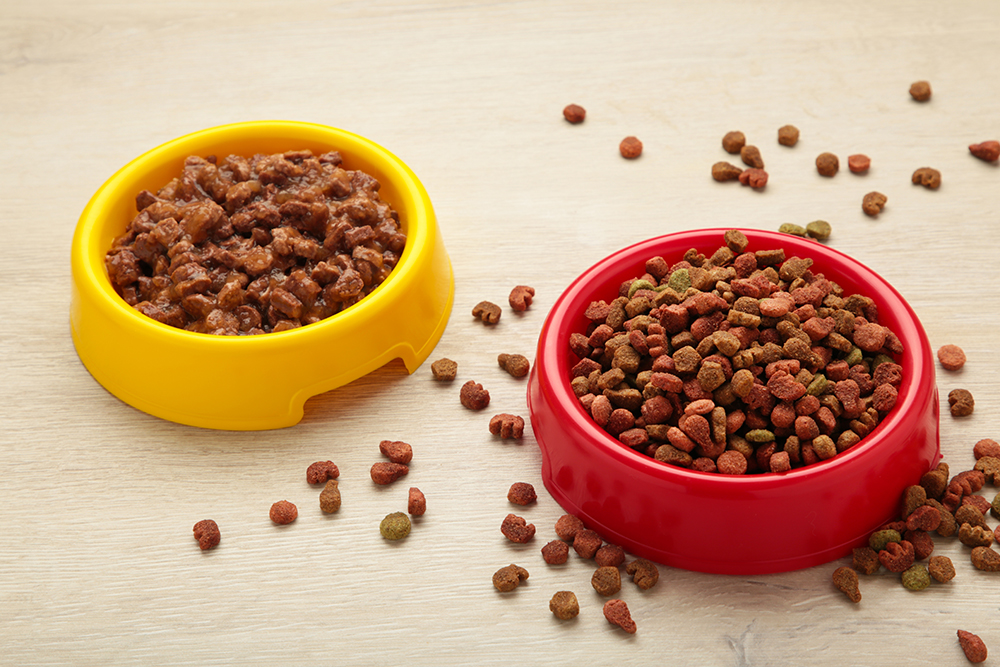
Ultimately, it’s hard to definitively say which dog food is better between dry kibble and wet canned food. Keep in mind that diet changes can cause gastrointestinal symptoms, so it’s important to transition slowly to avoid general upset.
Both have their ups and downs, and certain ones can be better for an individual dog for various reasons. Since this isn’t a one-size-fits-all answer, we have to say that both wet and dry dog food can be beneficial to our canines depending on the situation. Consult with your vet to determine which is best for your dog.

Conclusion
Now you understand the major differences between dry kibble and wet canned dog food. Both can be suitable, permitting you’re buying high-quality recipes that meet the nutritional requirements of your dog. Keep in mind that the pet food industry is evolving towards more natural, canine based recipes that can be much healthier instead of the traditional options we’re used to.
If you are interested in switching your dog food be sure to speak with your veterinarian about safe, effective options. No matter what you choose, researching the best options is a terrific way to ensure your pup stays happy, healthy, and disease free.
Featured Image Credit: (L) New Africa, Shutterstock | (R) Ekaterina Markelova, Shutterstock




